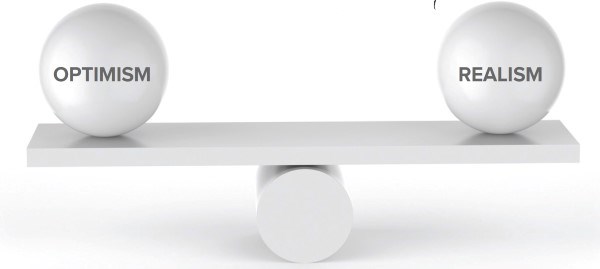EM Needs Both to Navigate Current Climate

Blake Denley, MD
EMRA President
@BlakeDenleyMD
How do you respond to adversity? Do you like to keep your head down and act like nothing is happening? Or do you prefer to activate your “fight or flight” response and run in the opposite direction? Or maybe you like to face it head on. And how do we, the specialty of emergency medicine, respond when faced with adversity? How should we?
Emergency medicine has had, and continues to have, plenty of adversity necessitating response: Last year’s unprecedented Match. Increased disruption of the physician-patient relationship. Workforce studies. “Leading” burnout rates. Growing prevalence of private equity in our EDs and residency programs. The COVID-19 pandemic. Boarding crisis. Unfortunately, I could go on and on…
So how do I think emergency medicine should respond to adversity? By applying the Stockdale Paradox.
Stockdale Paradox, Explained
Admiral James Stockdale was a U.S. Navy officer who, after his jet was shot down during the Vietnam War, endured more than 7 years as a prisoner of war. Not only did he survive torture and solitary confinement, but he continued to serve the United States by being a leader among other POWs. During an interview with author Jim Collins, when asked how he survived when he didn’t know the ending, Adm. Stockdale replied: “I never lost faith in the end of the story. I never doubted not only that I would get out, but also that I would prevail in the end and turn the experience into the defining event of my life, which, in retrospect, I would not trade.”
Adm. Stockdale’s willingness to remain hopeful and optimistic through significant adversity — while also confronting reality — encapsulates what is now referred to as the Stockdale Paradox. I believe our EM community should commit to adopting its principles.
Applying the Paradox to EM
There are two components of the Stockdale Paradox — optimism and realism — that exist in a steady state as an inseparable dyad. A person or group must be careful not to ignore one component at any point. Both are present every step of the way.
All levels of concern and alarm-raising exist among varying narratives regarding the current state of EM. As with most things, reality likely lives somewhere between the loudest voices.
No matter where you perceive EM to be, I encourage you to commit to the application of the Stockdale Paradox as our specialty faces tough times. How we push forward matters.
As the voice of emergency medicine physicians-in-training and the future of our specialty, EMRA will continue to believe that the future of EM is bright while remaining committed to facing reality and addressing our headwinds. I invite you all to join us in this approach.
Reference



